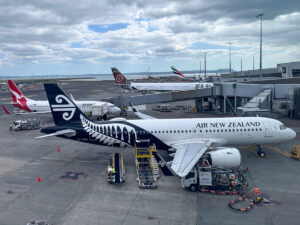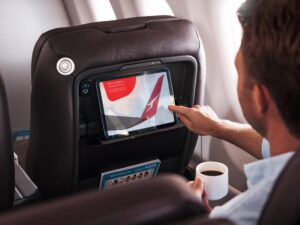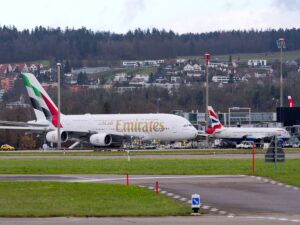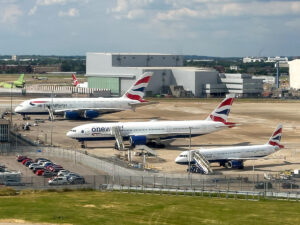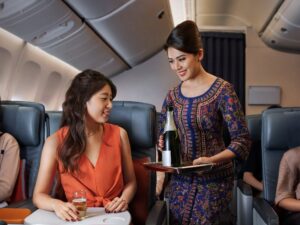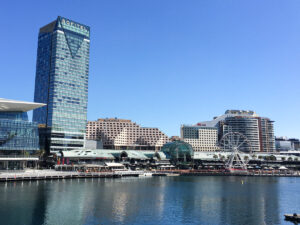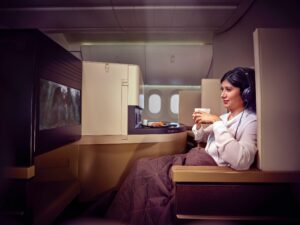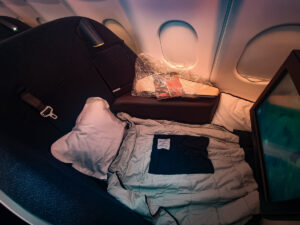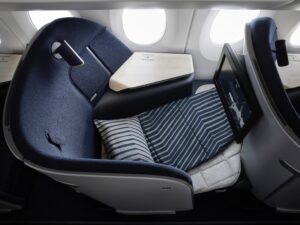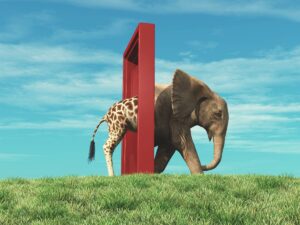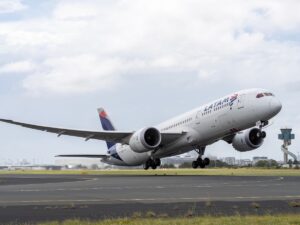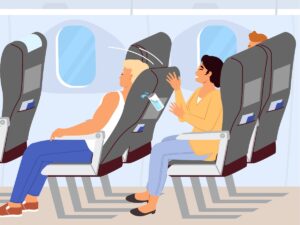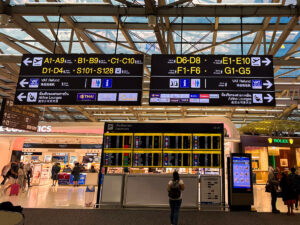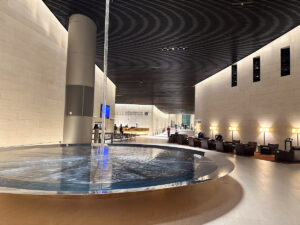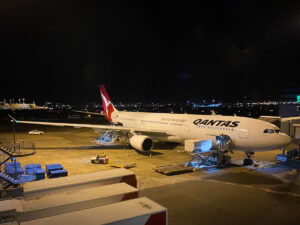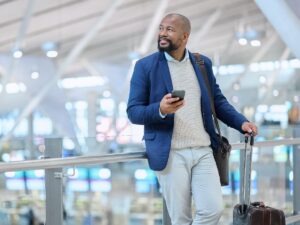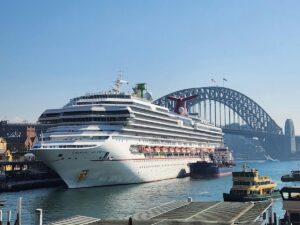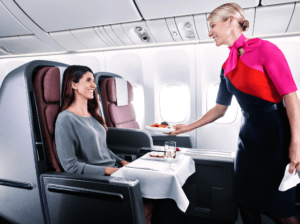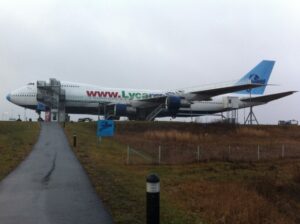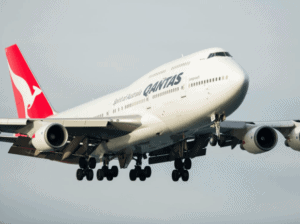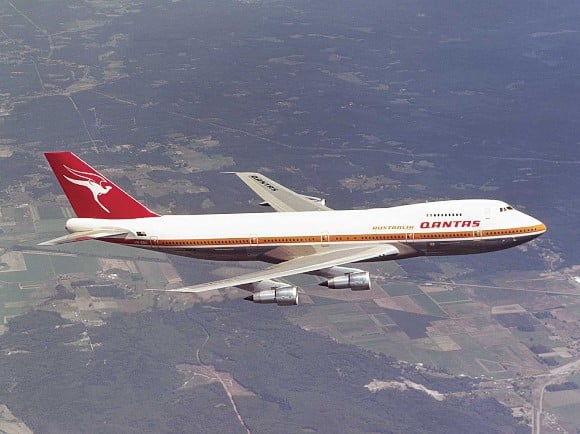
Update: It appears that VH-OEJ, the last Qantas 747, is now scheduled to leave Australia on 22 July. Before this, Qantas will operate 3 domestic joy flights – one each from Sydney, Brisbane and Canberra. Tickets are expected to sell out quickly. The decision to put on the 3 joy flights was made at the last minute and will ensure the Queen of the Skies gets the farewell she deserves.
On 16 August 1971, the first Qantas Boeing 747 touched down in Australia. After being handed over by Boeing in Seattle, the Boeing 747-200 with registration VH-EBA flew to Sydney via San Francisco and Honolulu.
Shortly, the final Qantas Boeing 747 in commercial service will depart Australia to be retired. VH-OEJ, named “Wunala” after her original Wunala Dreaming livery, is now due to unceremoniously depart Sydney on 22 July 2020 (previously 30 June) bound for Los Angeles. From there, the plane will be flown to Mojave Air and Space Port to be scrapped.
Qantas was already planning to retire its Boeing 747 fleet by early next year, but the COVID-19 travel shutdown has accelerated this. After months of uncertainty, Qantas CEO Alan Joyce revealed last Thursday that the airline will retire all of its remaining Boeing 747s immediately. The airline had already sent most of its 747s into deep storage in the United States, but it wasn’t yet clear whether they would ever return to service.
Over the past 49 years, Qantas has operated almost every variant of the Boeing 747 that has been built. The aircraft has transported millions of passengers to all corners of the globe, and opened up new frontiers in aviation.
Under normal circumstances, the last Boeing 747 would be sent off with great fanfare. Sadly, this hasn’t been possible. The final scheduled Qantas Boeing 747 passenger flight was effectively a repatriation flight from Santiago to Sydney in late March 2020. Other than doing a flyover of Sydney Harbour before landing, the flight was unremarkable. It was not filled by excited aviation enthusiasts there to appropriately mark the occasion, but by Australians heading into hotel quarantine after escaping South America under difficult circumstances.
Qantas began flying 747-200s in 1971
The Boeing 747-200 was the first variant of the “queen of the skies” to enter the Qantas fleet in 1971. The aircraft’s longer range made it possible to fly from Sydney to London with just two stops – down from at least five – which were typically in Singapore and Bahrain. The economies of scale offered by the Boeing 747 also drastically reduced airfares, making it possible for more people to travel overseas.
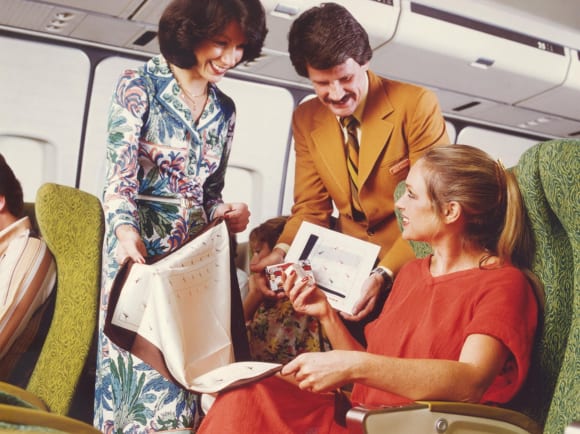
The Boeing 747-200s originally had a First Class lounge on the upper deck, known as the Captain Cook lounge…
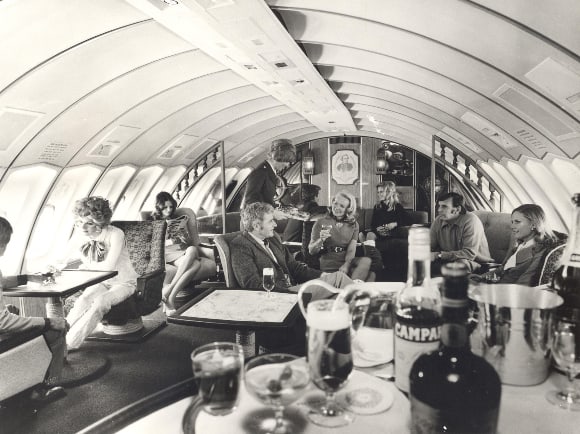
The Captain Cook lounge had seating for 15 passengers and a stand-up bar. If you’ve flown with Qantas since March, you may have noticed it featured in the new Qantas centenary safety video…
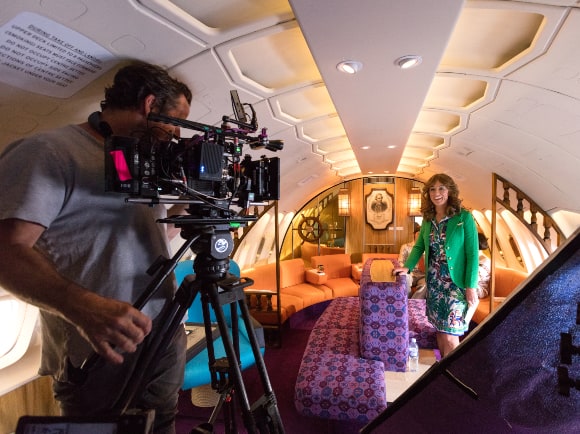
While popular with passengers, the Captain Cook lounge wasn’t a great use of space. Once Qantas received approval to install passenger seats on the upper deck, it did.
More 747 varieties join the Qantas fleet
In 1979, after retiring its Boeing 707s, Qantas was the only international airline flying Boeing 747-200s exclusively. But this didn’t last long, with two Boeing 747SPs joining the fleet in 1981. These shorter versions of the 747-200 were originally used for flights to Wellington in New Zealand, as the notoriously short runway at that airport could not (and still cannot) handle a larger aircraft.
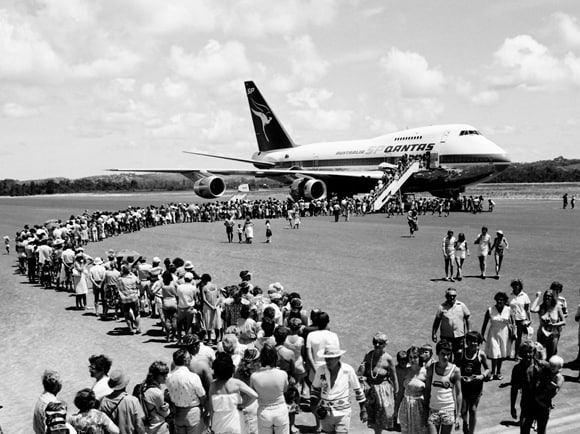
For a period, Qantas also operated three Boeing 747-200 Combis which carried passengers towards the front of the main deck, and cargo in the rear of the main deck.
In 1984, Qantas welcomed its first Boeing 747-300. And in 1989, the Boeing 747-400 featuring a longer upper deck joined the Qantas fleet. The delivery flight of the first Qantas 747-400, VH-OJA, was a record-breaking non-stop flight from London to Sydney – a feat repeated by Qantas last year using a Boeing 787-9. Ironically, the last flight of the first Qantas 747-400 was one of the world’s shortest – from Sydney Airport to the HARS Museum in Wollongong where it remains today.
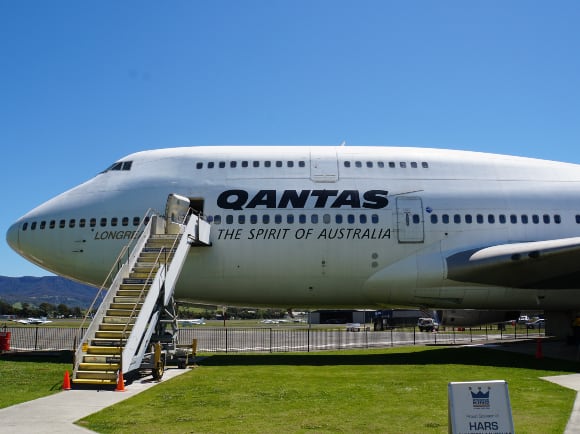
In the late 1980s, Qantas briefly operated four second-hand Boeing 747-100s. Finally, in 2002, Qantas became the world’s only operator of the extended-range Boeing 747-400ER – an aircraft specially designed for Qantas that allowed it to operate long flights such as Los Angeles to Melbourne non-stop with a full payload. This aircraft type would later be used to launch non-stop Sydney-Dallas/Fort Worth flights, the third-longest route in the world when QF7 launched in 2011.
In total, Qantas has operated 65 Boeing 747s over the past 49 years.
Sadly, Qantas did not buy any of the more modern Boeing 747-8s. While most airlines are now retiring older 747s, the newer 747-8s will remain in service with Lufthansa, Air China and Korean Air – the only 3 airlines to use these aircraft for passenger flights – for some years to come.
Qantas Freight does have two leased Boeing 747-8s in its fleet, however these are operated by Atlas Air and painted in the Atlas livery. It’s not quite the same!
The evolution of Qantas 747 Business class
While Qantas began by offering Economy and First class on its 747s, more recently they have all been configured with Economy, Premium Economy and Business class seats. A sign of the changing times, perhaps, although today’s Premium Economy product is arguably better than yesterday’s Business class.
For the past four decades, the upper decks of Qantas 747s have been fitted with Business class seats – a concept that Qantas invented in 1979 as a new cabin offering a middle-ground between Economy and the ultra-luxe (and very expensive) First class.
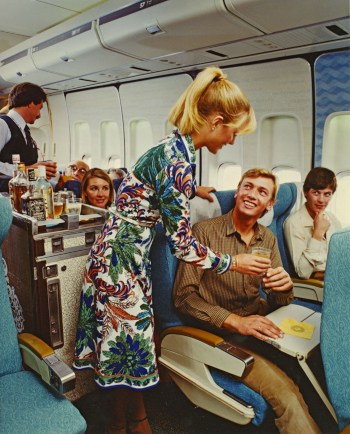
Back then, Business class passengers certainly didn’t get a lie-flat bed. Even when Qantas later took deliveries of Boeing 747-300s and 747-400s, the “dreamtime” business class seats were simply spacious armchair seats with a deep recline and leg rests.
Around the turn of the century, Qantas developed the “SkyBed”. The first SkyBed (sometimes known as “SkyBed Mark I”) allowed passengers to sleep on an angle.
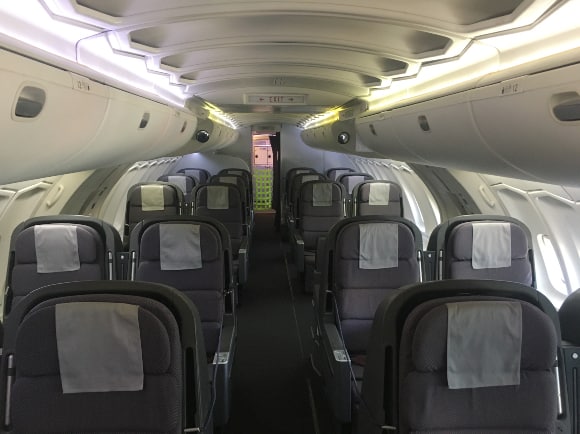
Finally, in 2011, Qantas began refurbishing nine Boeing 747s with the same fully lie-flat Business class seats (known as “SkyBed Mark II”) originally found on the A380s.

By the end, some of the 747 cabins were feeling a bit dated. My last Qantas 747 flight was on VH-OEJ to Johannesburg last November, and I recall there was a visible layer of dust on the ceiling. I flew Business class, and it was obvious that this aircraft no longer offered a globally competitive Business class product. I still enjoyed the flight very much, mostly thanks to the excellent cabin crew. But, 747 nostalgia aside, there’s no denying that the newer Qantas 787 Dreamliner Business class is a significant improvement. (The same cannot necessarily be said for the cramped Economy class experience on the Dreamliner.)
Two Qantas 747s still call Australia home
Some of my earliest memories as a child were flying on a Qantas 747. Since then, I’ve flown to destinations all over the world, including Auckland, Manila, Hong Kong, Frankfurt and Santiago, on Qantas Boeing 747s. I’m going to miss them.
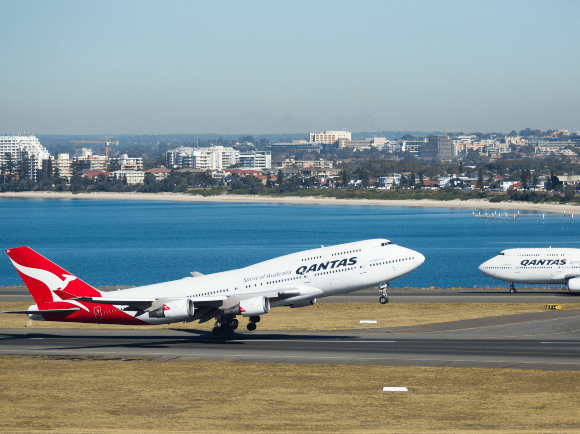
Thankfully, although Qantas may be sending its last Boeing 747 to the United States for retirement shortly, there are at least two Qantas 747s that will always call Australia home.
One is VH-OJA, which can be found at the HARS Museum in Wollongong. The other is VH-EBQ, the 19th Boeing 747-200 to be delivered to Qantas in 1979. This plane was donated in 2002 to the Qantas Founders Museum in Longreach. Tours and wing walks are available at both of these museums.
The Qantas Founders Museum has been closed for the past few months due to COVID-19 restrictions, but will be reopening to the public this Wednesday. If you’re an aviation enthusiast, these museums are definitely worth a visit.
Do you have a great Qantas 747 memory? You’re invited to share it on the Australian Frequent Flyer forum: What’s your favourite 747 memory?


